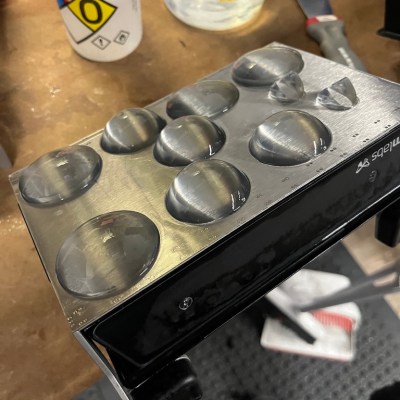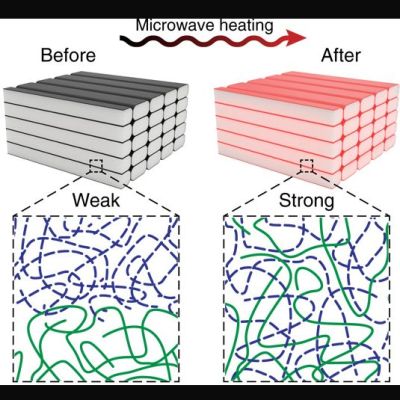If you’re taking any medication, you probably need to take it in a certain dose on a certain schedule. It can quickly become difficult to keep track of when you’re taking multiple medications. To that end, [Mellow_Labs] built an automated pill dispenser to deliver the right pills on time, every time.
The pill dispenser is constructed out of 3D printed components. As shown, it has two main bins for handling two types of pills, controlled with N20 gear motors. The bins spin until a pill drops through a slot into the bottom of the unit, with the drop detected by a piezo sensor. It uses a Beetle ESP32 as the brains of the operation, which is hooked up with a DS1307 real-time clock to ensure it’s dosing out pills at the right time. It’s also wired up with a DRV8833 motor driver to allow it to run the gear motors. The DRV8833 can run up to four motors in unidirectional operation, so you can easily expand the pill dispenser up to four bins if so desired.
We particularly like how the pill dispenser is actually controlled — [Mellow_Labs] used the ESP32 to host a simple web interface which is used for setting the schedule on which each type of pill should be dispensed.
We’ve featured some other pill dispenser builds before, too.
Continue reading “Automatic Pill Dispenser Is Cheap And Convenient”




















